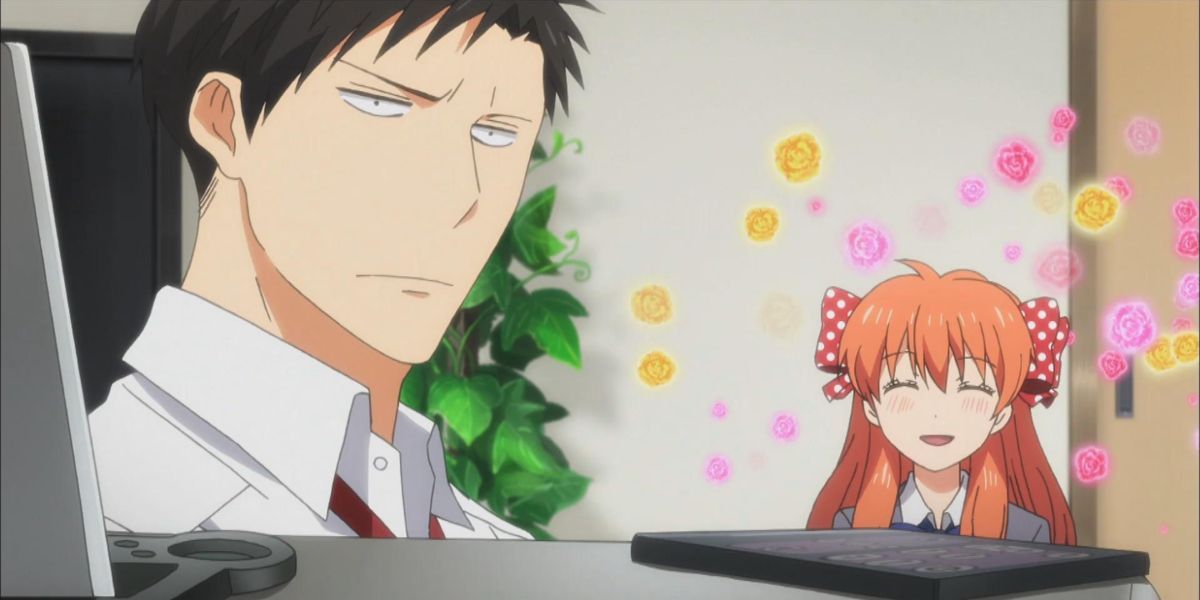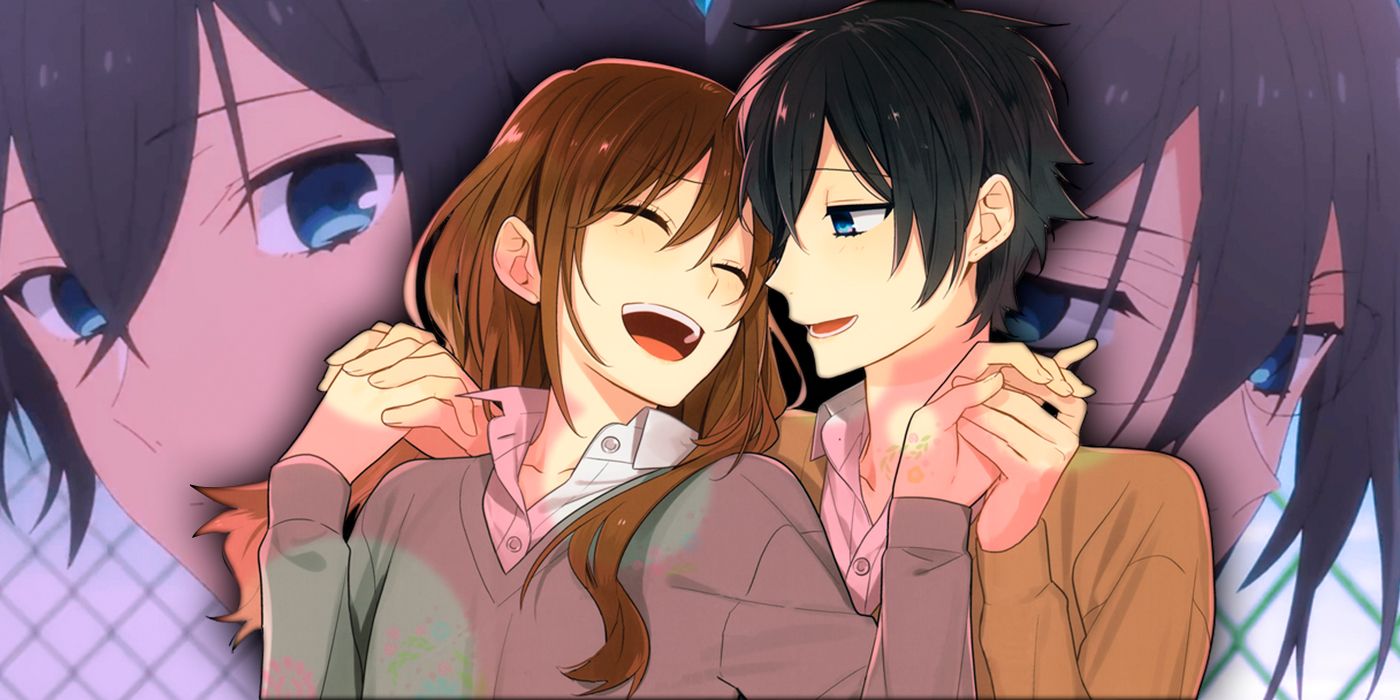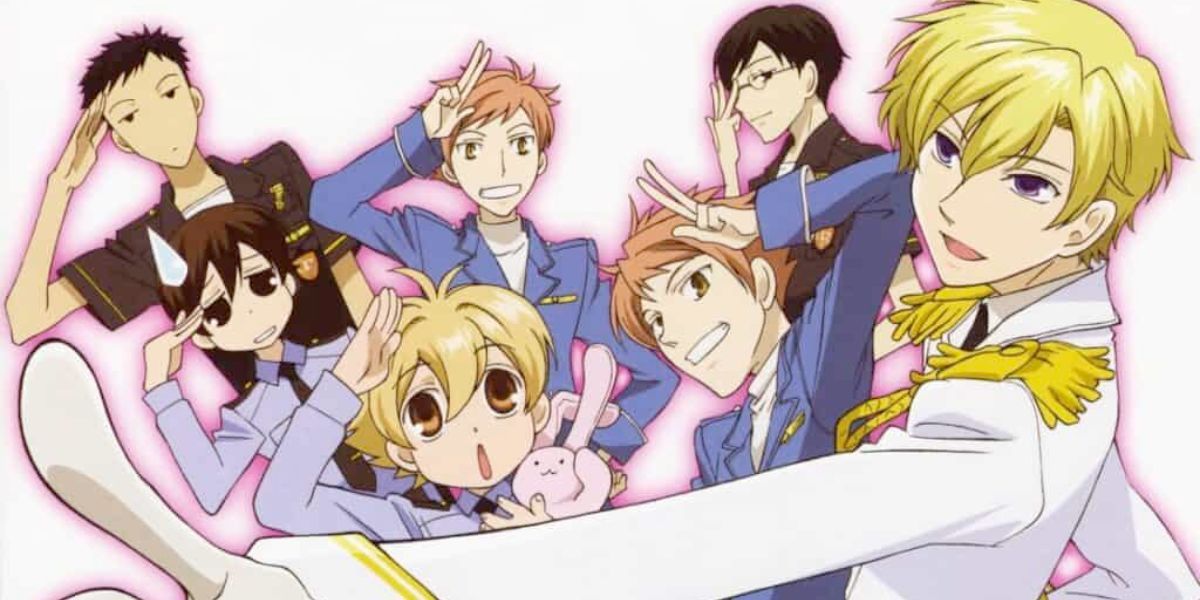What's always made anime unique is that there are sub-set categories that appeal to pretty much any kind of genre. A lot of the most popular titles today tend to fall under the shonen label, so much so that some new anime fans tend to assume all anime should be categorized as shonen. Because of this, there tends to be a much higher number of shonen anime produced compared to shojo anime.
This has led to the production of a number of shonen titles that look and feel more like shojo titles -- and that's because, in a sense, they are. Their presentation, writing and even marketing lean more toward a shojo demographic, yet somehow they're published in magazines like Shonen Jump or Gangan Comics instead of Ribbon or Lala. Here's why this is a trend that keeps happening.
Shonen Stories With Shojo Qualities: Appealing to a Wider Audience
The most popular mainstream anime has almost always been universally shonen, with only a handful of shojo titles ever reaching that same level. So with that in mind, if one wants to reach as wide an audience as possible, then going the shonen route is arguably the "safer" route. This may be why so many titles that look like they belong in a shojo magazine end up being published in a shonen one instead.
A good example would be Romantic Killer, which was recently adapted into an anime and is now streaming on Netflix. It has a spunky female protagonist, a cast full of attractive young men, and follows through many of the typical tropes found in shojo manga. But it wasn't published in Ribbon or Lala; it was published on the Shonen Jump+ website. It doesn't play the romance aspects straight either, instead poking fun at popular shojo and otome game tropes with the protagonist, Anzu, acting as an "anti-heroine" who's meant to subvert the typical shojo heroine.
Despite playing up its comedy and acting more as a parody than a straight romance, Romantic Killer still has a lot in its writing and presentation that makes it seem more appealing to a female audience than a male one. There's no fanservice, all of Anzu's love interests are pretty boys, and despite parodying so many romantic tropes the show itself features a lot of genuinely sweet romantic moments. But its status as a silly comedy -- on top of being published in a popular shonen website -- helped elevate Romantic Killer's popularity over other shojo rom-coms of its ilk.
Monthly Girls' Nozaki-kun is in a similar boat, as it is also known for parodying many popular shojo tropes and playing up the comedic aspect more than the romantic aspects. It's especially telling that this was author Tsubaki Izumi's first work to be adapted into anime, and her most popular work to date -- as it's also her only shonen series. All her previous works were categorized as shojo, with her longest-running title, Oresama Teacher, remaining in relative obscurity in the west despite being popular enough to serialize for more than a decade. At the very least, it has at least been officially translated into English, but you'd be hard-pressed to find someone who recognizes that title over Nozaki-kun.
Why Is There a Stigma Against the Shojo Genre?
For whatever reason, there's some level of stigma against titles within the shojo genre compared to those that fall under shonen. This comes from the many tropes and assumptions made against the genre as a whole, like how most of them are romances, but mostly it comes from the age-old issue of: "it's for girls". This isn't an issue that's unique to just anime and manga either, it's been a long-standing issue present in western media as well.
While shonen anime and manga are believed to be seen as generally okay for anyone to consume, shojo media is generally considered to be more divisive. It could just be because of the outdated standards that "boys can't like things made for girls" whereas the reverse is considered okay, or it could be because some anime fans generalize all shojo titles as the same and immediately write a show off for being shojo without even watching it. But the fact remains that titles aimed explicitly to men almost never cross over to shojo or josei territory. It's gotten to the point where there are even shonen magazines that were made specifically to cater to women, like Monthly Comic Gene.
Shojo titles also tend to get less exposure compared to shonen, especially in the west. Toonami never includes shojo titles on its block, and even family-friendly channels like Nickelodeon or Disney Channel are more likely to overlook shojo series for children in favor of airing shonen titles like Beyblade and Pokémon. Even magical girl anime have great difficulty breaking into the mainstream in the west, with some of the most popular franchises in recent years not even being shojo, but seinen.
Do Manga and Anime Labels Even Matter Anymore?
A lot of times, people decide what genre a manga falls under based on what magazine it was published in. But at the end of the day, what really matters is who the show is for. Titles like Romantic Killer, Horimiya and Monthly Girls' Nozaki-kun may be classified as a shonen, but that doesn't stop them from appealing to female fans. The associated merchandise also seems to be aware of these titles' female following as well -- which begs the question of whether labels even matter.
At the end of the day, people should be allowed to like a piece of media regardless of who the intended demographic is. Fans shouldn't be restricted to a certain title based on its genre, and thankfully, anime has so many genres and subgenres to choose from. There's something for everyone here, and that in itself is why the anime community is so big and diverse.

.jpg)
.jpg)


